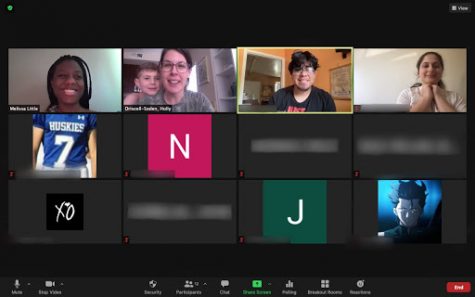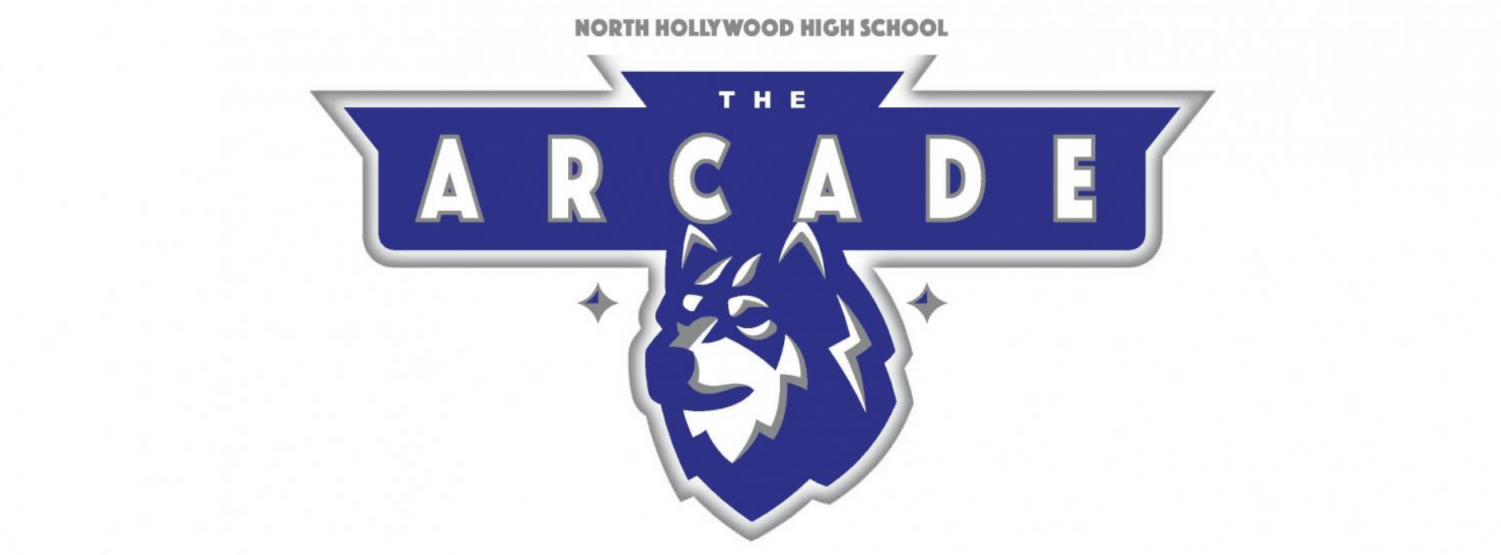Helpful Huskies
Leadership’s Effort to Change the High School Experience
Source: https://www.istockphoto.com/illustrations/zoom
Last month marks the one year anniversary of our school’s new distance learning approach in response to COVID-19.
It most definitely still has been a challenge for everyone.
For the current freshmen, the class of 2024, they haven’t had high school experience yet and as such, they may face difficulties trying to adapt when they go back to school on campus.
ASB and student council seek to resolve this issue by visiting advisory periods during the remainder of the year in order to answer questions, entertain, and somewhat maintain the high school experience for huskies of all grades.
A representative of ASB as well as a representative of the Student Council will partner together and answer any questions that students have.
Hermione Zarazua, ASB Vice President, explains how this program came to be.
“The idea arose after taking note that freshmen are not as close with high school and teachers,” Zarazua states.
In addition to that, they noticed that students don’t tend to enjoy advisory, and it is often considered a “waste of time.”
“The idea of it before was nice but now it’s just another class with busy work” one student shares.
A couple of students feel that “social emotional learning” is often discussed on “a surface level,” and that thoughtful topics can even be “shallow and censored.”
This resentment, while valid, is what ASB and Student Council would like to correct by providing support to students in the form of their fellow students.
Francesca Cariga, a member of the ASB, comments on her experience visiting an underclassmen advisory class with her partner.
“It was really beneficial because we ended up getting responses.” Cariga states. “For example, I was able to reach out to students who were interested in sports but didn’t quite know how to go about it.”
Teachers enjoy that students get to participate, and many are thankful that students are at least listening and engaging in the chat even if cameras and microphones are off.

This is the case Ms. Driscoll-Soden, who empathizes with students, and incorporates what her students request.
“I just want to know if what I’m doing is useful for you guys” Driscoll-Soden shares, and advocates for teachers to consider student feedback when planning these advisory classes.
“When students participate and give feedback, that’s when I know I’m on the right track.”
Driscoll-Soden offers teachers a couple of resources that will assist them in communicating with students and allow them to speak their mind and ask for help in areas that they want or need such as MentiMeter, or Google Forms.
“Really encouraging open communication with advisory students has shown me what you guys are interested in” Driscoll-Soden assures.
In addition to that though, she advises students to reach out to teachers or to send them a Schoology message if they need something in particular.
Even if the teacher is teaching something you’re not interested in, she would like to remind students that “Life is what you make it” and to try and let yourself pick any lessons you can up if possible.
For students and teachers alike, the goal is keep an open line of communication, and this along with ASB and Student Council’s joint effort to encourage engagement will allow Advisory to be a class where students can begin to branch out and enjoy their high school experience.
Your donation will support the student journalists of North Hollywood High School. Your contribution will allow us to purchase equipment and cover our annual website hosting costs.

